Gratitude in Education
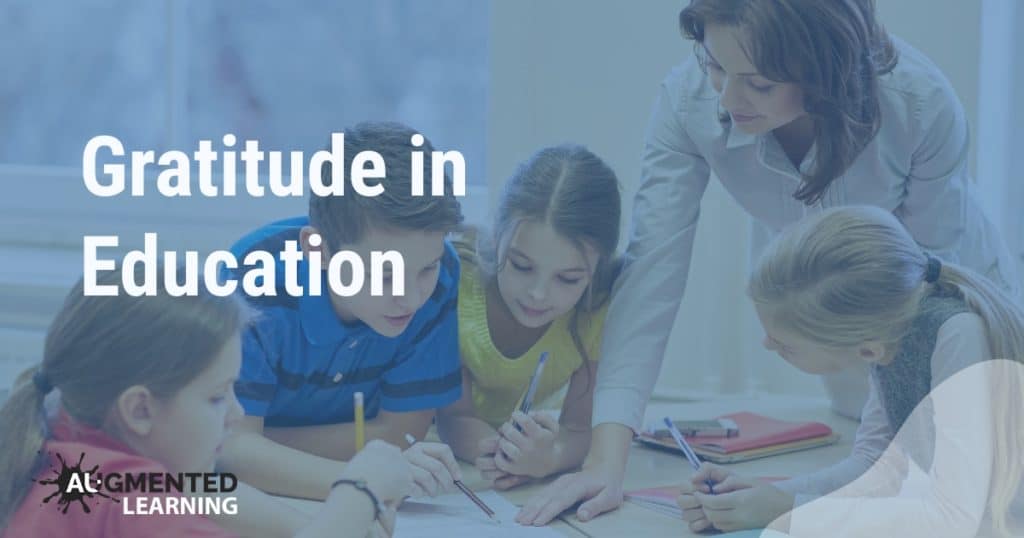
I define gratitude as the act of acknowledging what we receive from others and being motivated to give back out of this acknowledgement.
Gratitude is an important lesson to learn no matter what your age. A powerful action, it can be implemented within the classroom as a way of effectively teaching children how to be thankful for what they have and to be kind to others. Increasing their overall happiness and creating stronger relationships between them, it’s a key factor in evolving the culture.
If you’re a teacher and want to improve the culture within your classroom – a first step is educating your pupils on how they can have gratitude. An expression and attitude that they will have, there are many ways that you can teach it.
Three Strategies You Can Use to Implement Gratitude in The Classroom
1. Purchase books that promote gratitude
There is a wide variety of children’s books that talk about gratitude and how you can be more thankful/act kindly to those around you. From The Giving Tree by Shel Silverstein to The Thank You Book by Mo Willems, the options are endless.
To help the process of implementing gratitude, try to convince your students to read these books or similar. You could do this by creating a reading club or by reading out sections of a book in a dedicated 15 minutes of story time each day.
2. Random Acts of kindness
At the start or end of the day, discuss with your students what random acts of kindness can do. Giving them ideas on what they can do either at home or at school, they will be able to make friends and learn the importance of being kind to others. Whether it’s a handwritten note, helping someone with their bags or sharing food / other goodies with their mates, it can be a great life lesson that will help them in the future.
Alternatively, you could create a kindness corner / whiteboard that has blank pieces of paper on it. Students can then write any random acts of kindness that they have recently performed. Once the tree is full, you can go through them and discuss with your pupils about how it made them feel.
3. Gratitude journals
Another great way that you can educate pupils about gratitude is through a gratitude journal. Put 10 or 15 minutes aside each day and ask your students to write down exactly what they are thankful for. Setting the tone for the day ahead, it will help them to reflect on what makes them happy and all that they can have gratitude for.
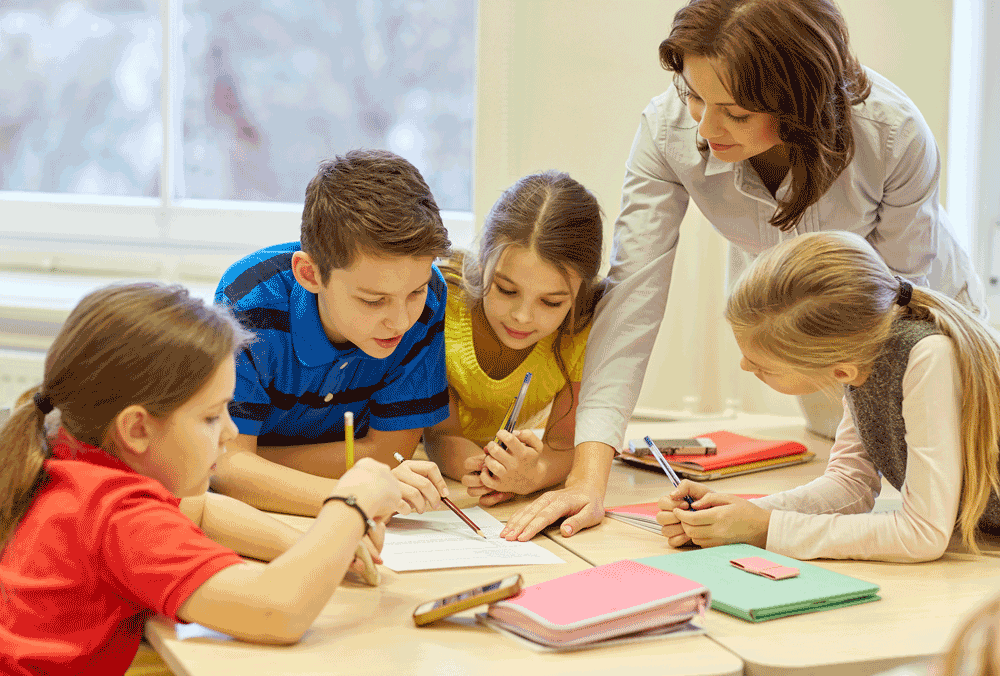
What Gratitude Might Look Like in The Classroom
Now more than ever, a classroom can be a hive of resentment, envy or a dangerous sense of entitlement – despite the state of the world. To step away from these toxic behaviours, gratitude can be taught as a way of appreciating everything that they have – rather than focusing on the negatives which is often easier.
Once gratitude becomes a mainstay in the classroom, it will be a stepping stone to transforming the way that each of the students acts with each other, teachers and when they are at home. A gratitude-filled classroom will have students that are helping each other, even in the smallest of ways, that are appreciative of what they have and that are far happier with the environment overall.


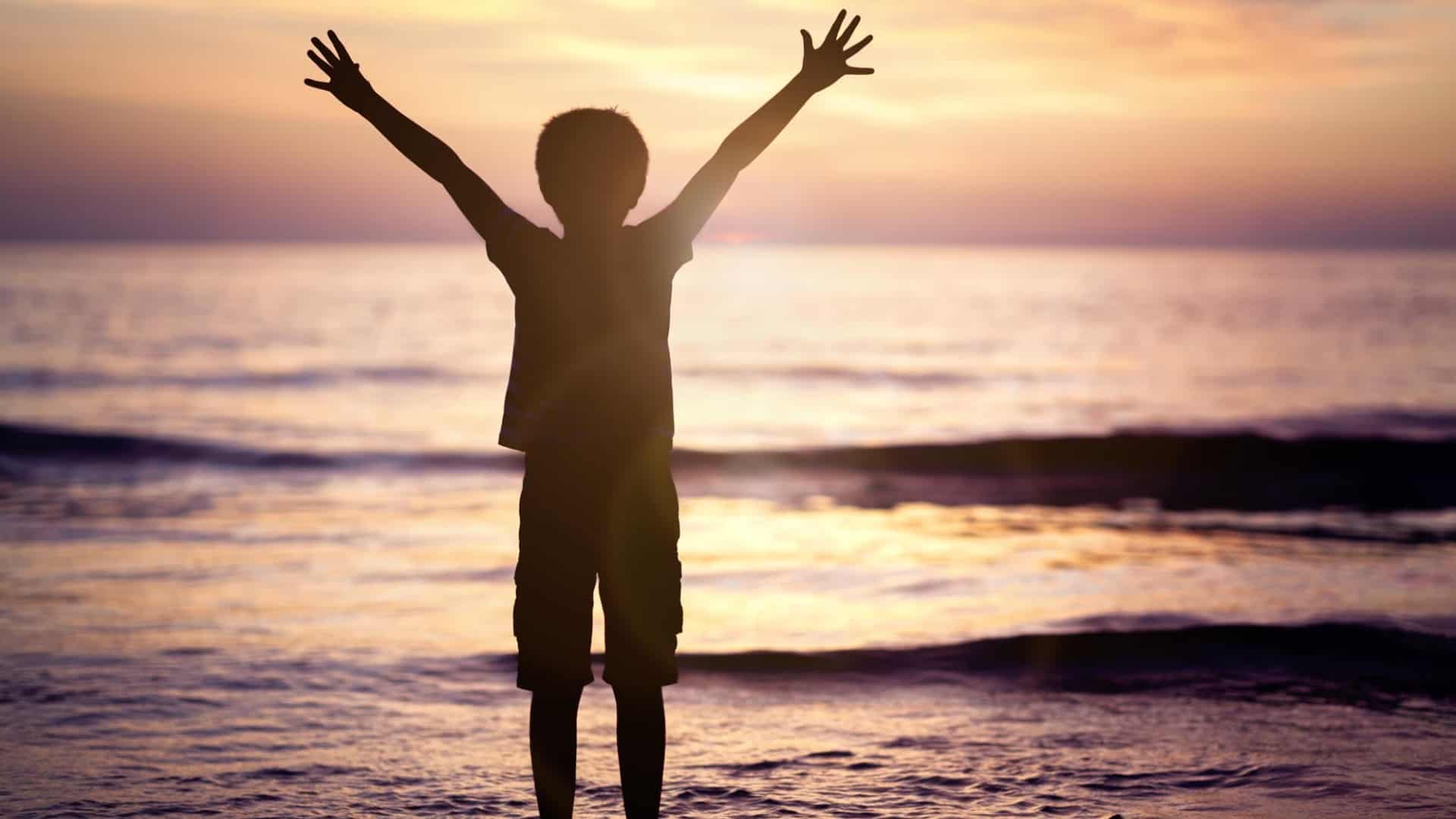
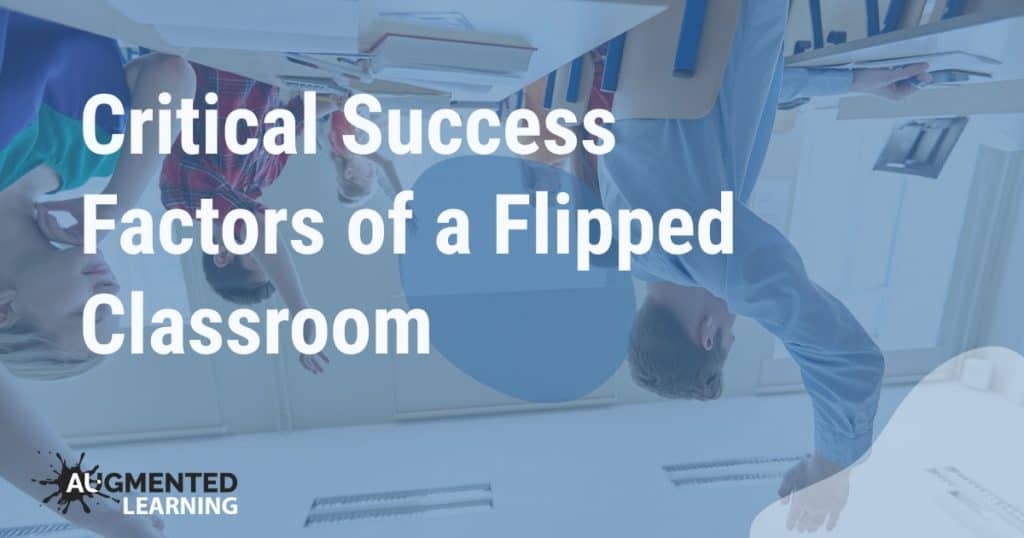
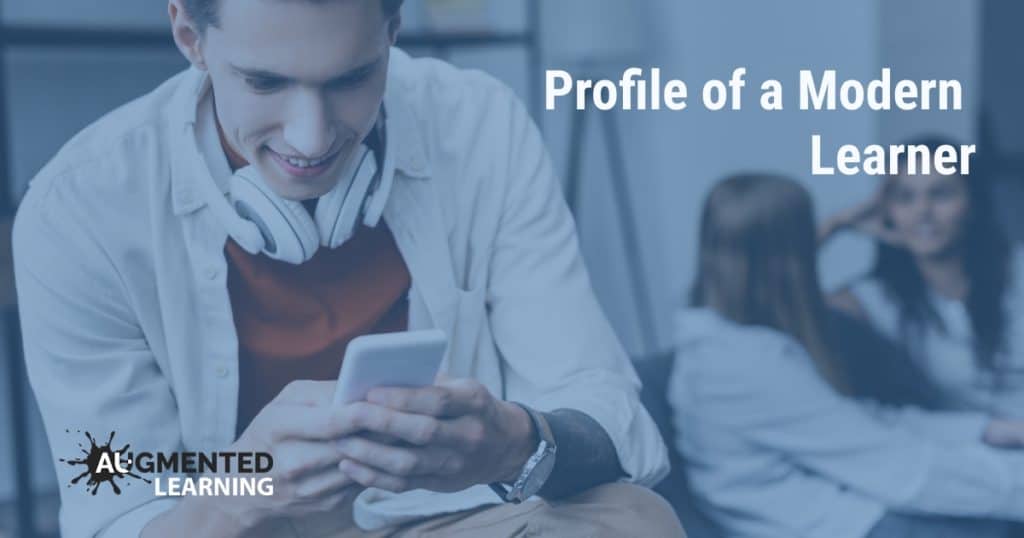
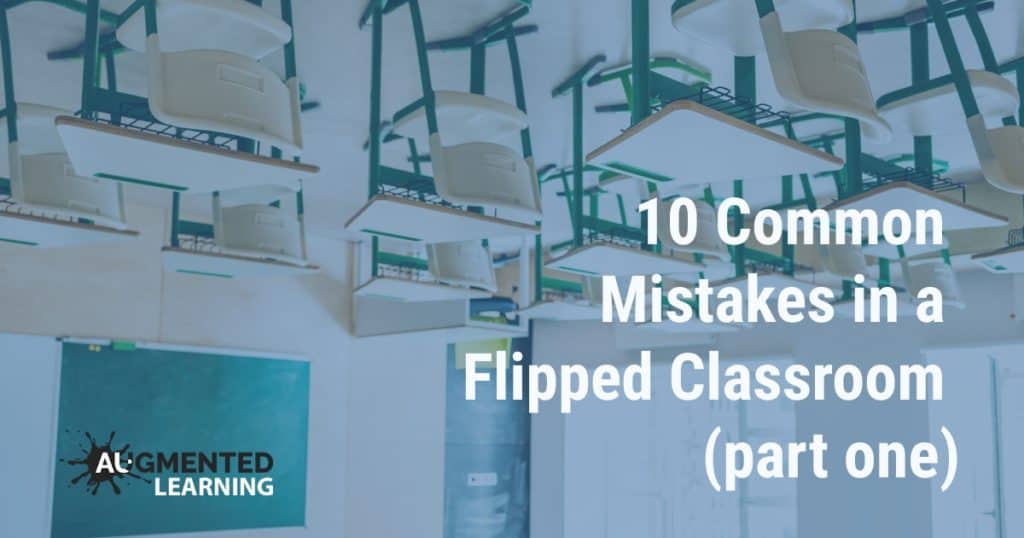
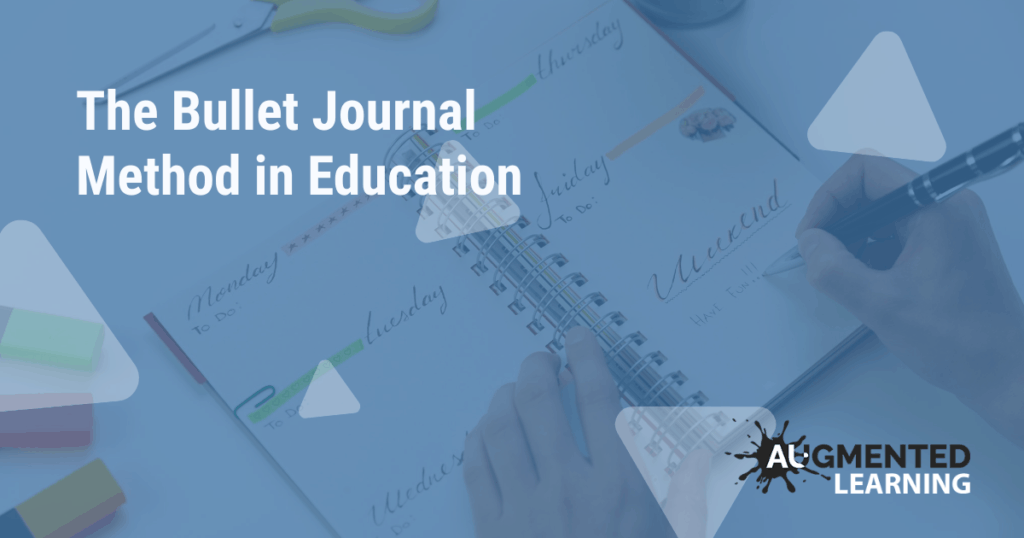
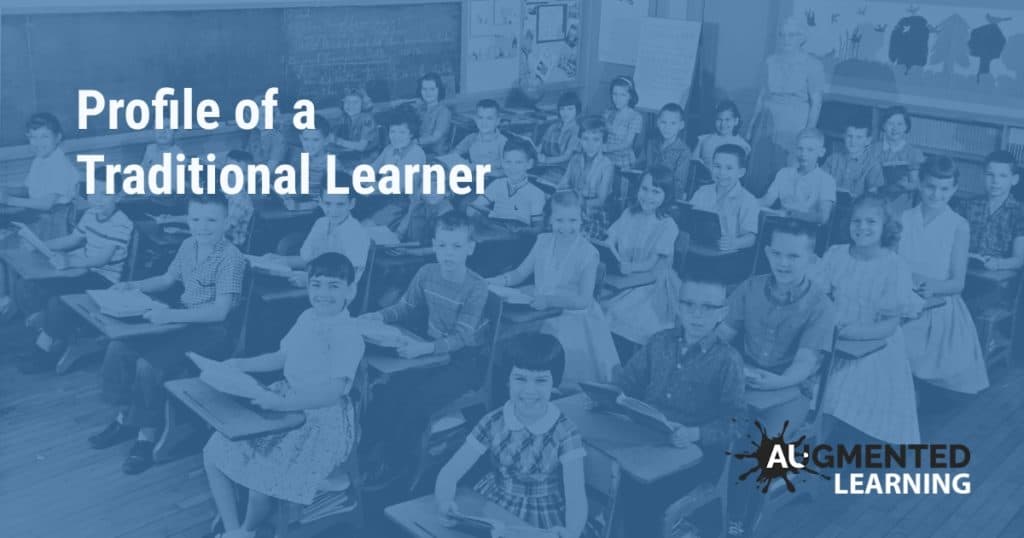
Responses